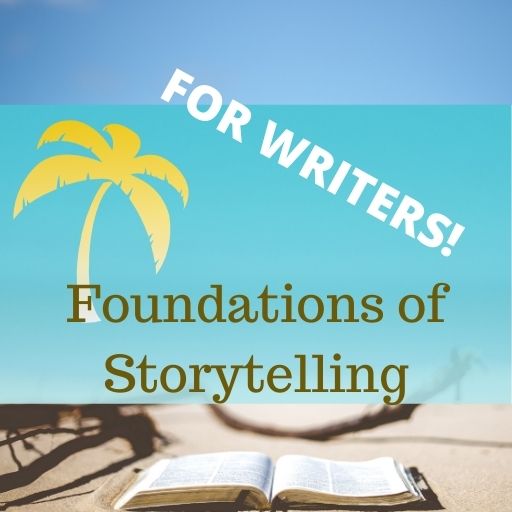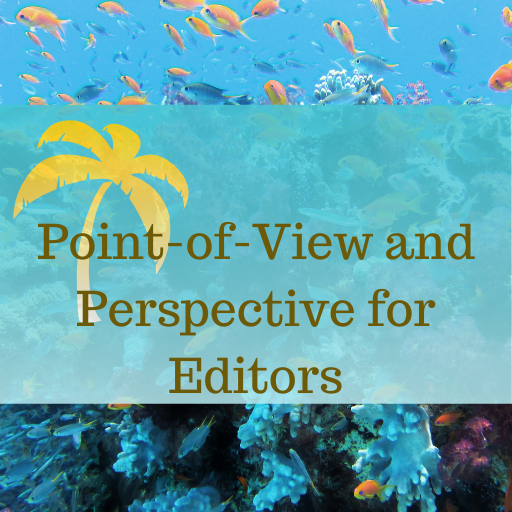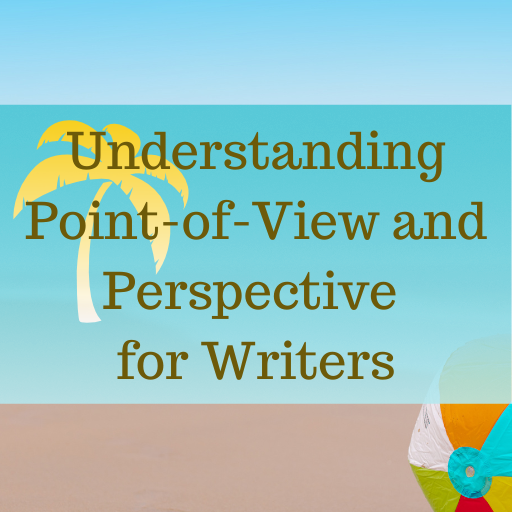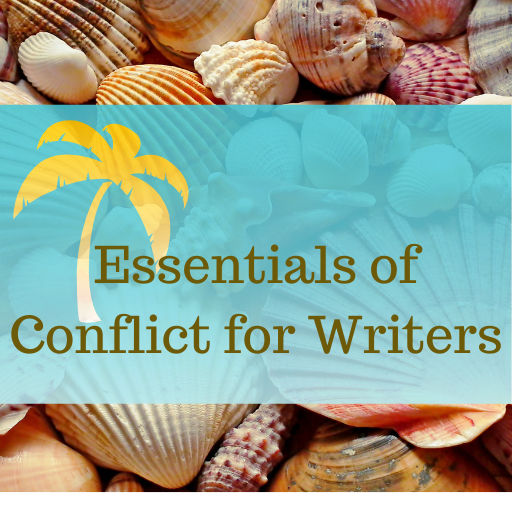What you’re (probably) doing wrong in your novel
I want to share some self-editing tips for fiction writers to help you fix issues in your novel before you hand it off to an editor.
Self-editing Tips for Fiction Writers – Common Problems & Solutions
As a developmental editor, I see some common problems in manuscripts written by newer authors. If you’re revising (self-editing) your novel, look for these problems:
- Starting in the wrong place. Try starting in Chapter 3 or 4 and see if the pacing doesn’t improve. Authors often spend the first few chapters trying to figure out what the story problem is and where the story is going. You may need to do that, but the reader probably doesn’t need to read it.
- Having no clear central conflict. This is common when writers write to explore a situation or theme or when a protagonist is too passive. Conflict drives narrative. Try describing the central conflict of your novel. Think of it as X versus Y or Goal but Challenge: Jerome must race against time and Mother Nature to make it Nome with the life-saving medication. Marian wants to win the Iditarod but her ex-boyfriend will do anything to stop her. If you can’t do this, you need to sharpen your conflict.
- Doing too much info-dumping (this is related to #1). If every time you introduce a new character, you give five pages of backstory about that character, you’re info-dumping. As a colleague of mine once told me, “Cut all backstory in half, then cut it in half again. That’ll be about right.”
- Starting your protagonist too close to the end of their character arc. Readers aren’t interested in reading about how a really good student got into Harvard. They want to read about someone who had to struggle against all odds, maybe even including their own terrible study habits, to succeed. (Assuming one equates “got into Harvard” with “success.”)
- Not exerting control over perspective. If you’re writing in third person, this often results in head-hopping, where the story jumps from one character’s viewpoint to another without rhyme or reason. In first, it can lead to long digressive passages that read like stream-of-consciousness. In both cases, authors sometimes try to get the perspective to do something it can’t do.
A class can help! Try Foundations of Storytelling for Writers, Understanding Point-of-View and Perspective for Writers and/or Essentials of Conflict for Writers. For the editor’s point-of-view, you might like Understanding Goal-Motivation-Conflict for Editors.
Tips for Editors & Writers
World-building without info-dumping
World-building is often seen as the province of science fiction and fantasy writers who have to convey new-to-us settings and cultures, and occasionally by historical writers who have to convey the feel of an era that a reader may not know much about. But every story takes place somewhere. Even stories set in a contemporary…
Focus on a limited number of problems in story development
Typically in a manuscript evaluation or developmental edit, I focus on what I perceive to be the three-to-five most important concerns I’ve noticed in the ms. This is the approach I teach my editing students. Editing too many problems at once overburdens the author In any given ms, there may be ten or fifteen developmental problems…
Clients who want services you don’t offer
Newer freelancers sometimes come to me in a panic because a client has approached them to do work that’s outside their typical scope. Commonly this is something like the freelancer offers copyediting and developmental editing but the client wants coaching. What should they do? They don’t know how to coach, they don’t offer coaching services,…
Join the Club!
New to story editing? Begin at the beginning.








